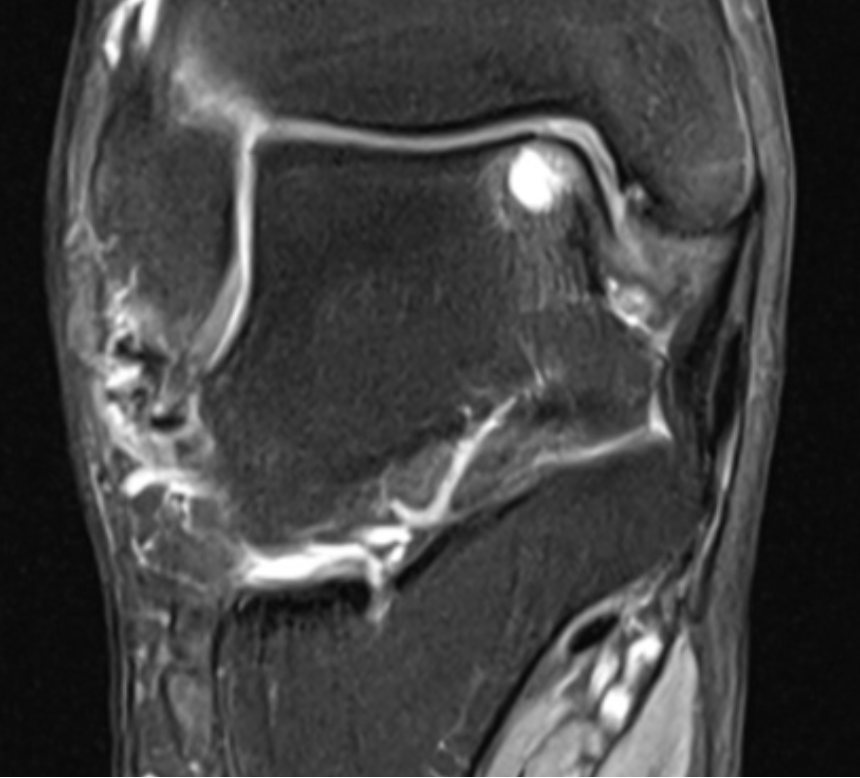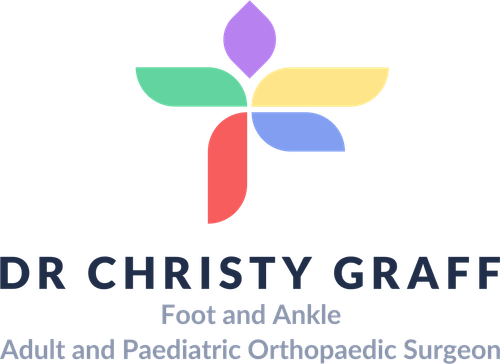Ankle Arthroscopy and Microfracture Surgery
Ankle Arthroscopy and Microfracture Surgery Information Sheet
What is Ankle Arthroscopy and Microfracture Surgery?
- The surgery involves looking inside the ankle with a camera (see Ankle Arthroscopy) and identifying the osteochondral defect (OCD).
- The OCD is then drilled to encourage blood flow, and a specialised gel substance is injected to encourage cartilage formation.

The Hospital Stay
- You wake up with bulky bandages and a boot or a half plaster.
- You will stay in hospital overnight, with your foot elevated and you have will have antibiotics through a drip.
- You will blood thinners to prevent DVT and vitamin C to help with wound healing and pain management.
- You will be only allowed to touch your foot to the ground for 6 weeks.
- Depending on your balance and strength, you may need rehabilitation post operatively.
- Buying a second hand knee scooter pre operatively (can search online) and practicing at home before the surgery, can be helpful; please bring it into the hospital with you. It is easier to use a knee scooter than crutches.
When You Go Home
- You will need medications for pain relief
- You will need to take antibiotics until the wound heals
- You will need blood thinners and vitamin C daily for 6-8 weeks
- Please leave all dressings intact until your post op appointment
- You will get an appointment for your post op appointment in 2-3 weeks where the dressings will be taken down
- After this you will be able to shower normally and pat the dressings dry
Rehabilitation
ALL patients are different. These timelines are only a guide, and some patients may progress faster or slower than others.
0-3 weeks
- You will be in a boot
- You will only be allowed to touch your foot to the ground for balance.
- Elevate your foot on 3 pillows most of day
- You will need to bag the leg for showers
- Pain relief: Please take regular paracetamol with meals and before bed; you may need stronger pain killers as well, especially before bed
- Please take antibiotics, blood thinners and vitamin C as prescribed
3-8 weeks
- Post op appointment for a wound check
- You will then go back into the boot but can remove it for seated showering, sleeping and physiotherapy
- Physio for isometric calf strengthening, hip and knee strengthening and leg lifts, and active range of movement with physiotherapy
8-12 weeks
- Post op appointment to assess range of motion
- You can weightbear as tolerated in the boot
- Physiotherapy for active and passive plantarflexion and dorsiflexion and static strengthening
12 weeks
- You can wear normal shoes if you are able to fit into them (you may still have swelling)
- You can increase to all strengthening (but no jumping/landing/twisting) with physiotherapy
6 months
- Continue strengthening and range of motion with physiotherapy
- Light jogging can commence if there is minimal pain
12-18 months
- When the leg feels back to normal and the same as the other leg, you can start sport specific training
When Can I Return To Work/School?
- Seated work 8-12 weeks
- Prolonged standing 3-6 months
- Heavy labour work 9-12 months
When Can I Return To Sport?
- Start sport specific training at 9-12 months
- Return to sport when leg same as the other side
When Can I Drive?
- Left foot 2-3 weeks (if driving an automatic)
- Right foot 6-8 weeks
Ankle Arthroscopy and Microfracture Surgery Risks
- Anaesthetic problems
- Nerve injury
- Blood clots
- Infection
- Stiffness
- Malunion or nonunion
- Ongoing pain including chronic regional pain
- syndrome
- Further surgery
- Future ostetoarthritis
Contact Us
If you want more information or have any questions or problems, please contact Dr Graff at
admin@christygraff.com or call the rooms at
0493 461 133.

